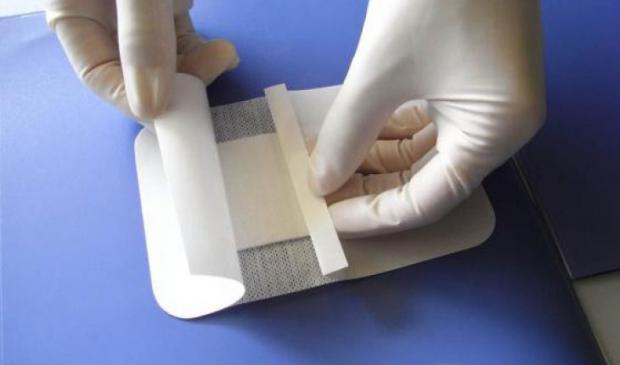
Breaking News
 2 Hours of Retro Sci-Fi Christmas Songs | Atomic-Age Christmas at a Snowy Ski Resort
2 Hours of Retro Sci-Fi Christmas Songs | Atomic-Age Christmas at a Snowy Ski Resort
 Alternative Ways to Buy Farmland
Alternative Ways to Buy Farmland
 LED lights are DEVASTATING our bodies, here's why | Redacted w Clayton Morris
LED lights are DEVASTATING our bodies, here's why | Redacted w Clayton Morris
Top Tech News
 Travel gadget promises to dry and iron your clothes – totally hands-free
Travel gadget promises to dry and iron your clothes – totally hands-free
 Perfect Aircrete, Kitchen Ingredients.
Perfect Aircrete, Kitchen Ingredients.
 Futuristic pixel-raising display lets you feel what's onscreen
Futuristic pixel-raising display lets you feel what's onscreen
 Cutting-Edge Facility Generates Pure Water and Hydrogen Fuel from Seawater for Mere Pennies
Cutting-Edge Facility Generates Pure Water and Hydrogen Fuel from Seawater for Mere Pennies
 This tiny dev board is packed with features for ambitious makers
This tiny dev board is packed with features for ambitious makers
 Scientists Discover Gel to Regrow Tooth Enamel
Scientists Discover Gel to Regrow Tooth Enamel
 Vitamin C and Dandelion Root Killing Cancer Cells -- as Former CDC Director Calls for COVID-19...
Vitamin C and Dandelion Root Killing Cancer Cells -- as Former CDC Director Calls for COVID-19...
 Galactic Brain: US firm plans space-based data centers, power grid to challenge China
Galactic Brain: US firm plans space-based data centers, power grid to challenge China
 A microbial cleanup for glyphosate just earned a patent. Here's why that matters
A microbial cleanup for glyphosate just earned a patent. Here's why that matters
 Japan Breaks Internet Speed Record with 5 Million Times Faster Data Transfer
Japan Breaks Internet Speed Record with 5 Million Times Faster Data Transfer
New Superhydrophobic/Superhydrophilic bandage material reduces blood loss by 60%

They built a micro-nano structured layer in a surface of traditional gauze fiber with medical long-chain paraffin using nanotechnology, turning the conventional gauze blood-phobic from blood-philic. The gauze is thus freed from blood infiltration after processing with this technology.
They further superimposed the gauze over conventional gauze, using the lower gauze to promote blood coagulation and the upper layer to produce negative pressure to prevent blood soaking and infiltration to achieve effective hemostasis and lower blood loss.
Animal experiments show the survival time of rats bleeding from the carotid artery extended by about 40 percent by the new hemostatic gauze, which is expected to allow more time for victim rescue.
Hemostatic fabrics are most commonly used in baseline emergency treatment; however, the unnecessary blood loss due to the excessive blood absorption by traditional superhydrophilic fabrics is overlooked.

 $100 SILVER CONFIRMED?
$100 SILVER CONFIRMED?

